Your Ultimate Guide to Molded Case Circuit Breakers (MCCB)


What is Molded Case Circuit Breaker (MCCB)
A Moulded Case Circuit Breaker (MCCB) is an electrical protection device used in various electrical systems to provide safe and reliable power distribution. It's designed to protect electrical circuits from damage caused by overcurrents, which can be due to overload or short circuits
What Are the Key Features and Aspects of Molded Case Circuit Breakers (MCCBs)?
| Molded Case | MCCBs have a robust and insulated casing made from a moulded material, often a type of plastic. This case provides insulation, mechanical support, and helps to protect users from electric shock. |
| Current Rating | MCCBs are available in a wide range of current ratings, typically from around 15 amperes to several thousand amperes, making them suitable for both low and high-power applications. |
| Tripping Mechanism | MCCBs have adjustable tripping settings that allow users to set them according to the needs of the electrical system. They can trip (or break the circuit) in cases of overload, short circuit, and, in some models, ground fault conditions. |
| Manual Control | An MCCB can be manually turned on and off, enabling it to be used as a switch for controlling and isolating electrical circuits. |
| Arc Chutes | To extinguish electrical arcs that occur when interrupting heavy currents, MCCBs are equipped with arc chutes. |
| Compact Design | Despite their high current ratings, MCCBs are relatively compact, making them suitable for a variety of installations, including commercial and industrial environments. |
| Accessories | Additional accessories like shunt trips, auxiliary contacts, and undervoltage releases can be added to MCCBs for enhanced functionality. |
| Applications | MCCBs are commonly used in commercial and industrial settings for motor protection, power distribution boards, control panels, and in applications requiring adjustable trip settings and high current ratings. |
| Certification and Standards | They are manufactured and tested according to international standards, ensuring reliability and safety in their operation. |
Molded Case Circuit Breaker (MCCB) Ratings
Molded Case Circuit Breakers (MCCBs) come with a variety of ratings that determine their capacity and suitability for different applications. These ratings are crucial for selecting the right MCCB for a specific electrical system. Here are the key ratings you should be aware of:
| Current Rating (Ampere Rating) |
|
| Breaking Capacity (Interrupting Rating) |
|
| Voltage Rating |
|
| Frequency Rating |
|
| Trip Type |
|
| Thermal Setting (Long-Time Setting) |
|
| Magnetic Setting (Instantaneous or Short-Time Setting) |
|
| Utilization Category |
|
| Temperature Rating |
|
| Endurance |
|
| Accessories Compatibility |
|
Molded Case Circuit Breakers (MCCB) Working Principle & Applications


The MCCB system uses a temperature-sensitive device also known as the thermal element along with a current sensitive electromagnetic device which is also known as the magnetic element in order to provide the overall trip mechanism which is relied for protection and isolation purposes. The MCCB basically utilizes a temperature-sensitive device which is also known as the thermal element with a current sensitive device are the magnetic elements to provide the protection and isolation which enables the MCCB device to provide overload protection along with electrical fault protection from any type of short circuit situations and also electrical switch for immediate disconnection.
As per the fact of overload protection is provided by the MCCB system via the temperature-sensitive components that are inside which is essentially a bimetallic contact. A contact of such type which basically consists of two metals that expand at different rates when exposed to higher levels of temperature and during the normal conditions of operation the bimetallic contact will be able to allow the electric current to flow through the MCCB system. When the total value of current exceeds the amount of trip then the bimetallic contact will start to heat up and bend away due to different thermal rate of heat expansion limits towards the chemical construction. Eventually what will happen is that the contact will end up to such a point that it is physically pushing the trip bar and also unlatching the contacts causing the circuit to be interrupted and also provide protection towards the entire electrical system from any type of unwanted situations.
As per the electrical fault protection against short circuit currents the MCCB provides and quick response to a short circuit fault which is based on the principle of electromagnetism. When a short circuit fault has occurred inside the entire electric circuit a large current begins to flow through the solenoid and as a result a strong electromagnetic field is established in there which basically then attracts the trip bar and opens the contacts.
Also in addition to all the tripping mechanisms, MCCB can also be used as a device for manual disconnection switch in such case of emergency or even any type of maintenance operation as an arc can be created within the range when the contact opens from each other.
Types of Molded Case Circuit Breakers (MCCB)
There are five different types of MCCB: Type B, Type C, Type D, Type K, Type Z
- Type B: This type of molded case circuit breaker trips between 3-5 times the rated current. Tripping time is 0.04-13 seconds. These mostly have resistive, domestic applications and can handle low surge currents.
- Type C: These trip between 5-10 times their rated current. Tripping times fall within the range of 0.04-5 seconds. Applications involve relatively modest inductive loads, such as small motors, transformers, and electromagnets typically used in industrial settings. Suitable for higher surges.
- Type D: Type D MCCBs are known to trip between 10-20 times their rated current, and their tripping time ranges from 0.04 to 3 seconds. These MCCBs exhibit the highest surge tolerance and are thus selected for applications with extremely inductive loads like large electrical motors commonly found in industrial environments.
- Type K: These trip when the current reaches 10-12 times their rated current. Tripping time falls between 0.04 to 5 seconds. Applications involve inductive loads like motors.
- Type Z: Type Z MCCBs are the most sensitive among MCCBs, tripping when the current reaches only 2-3 times their rated current. They have the shortest tripping time and are employed for applications where extreme sensitivity is essential. This includes protecting semiconductor-based medical equipment and other costly devices that are susceptible to low current surges.
Molded Case Circuit Breakers (MCCB) Products
ElectGo offers a wide range of MCCB products from well-known brands such as ABB and Schneider Electric. As an authorized distributor in Singapore, we are your trusted source for high-quality MCCB products from these leading manufacturers.


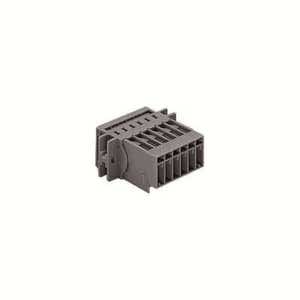

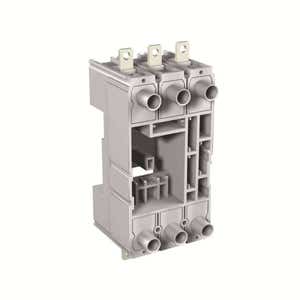

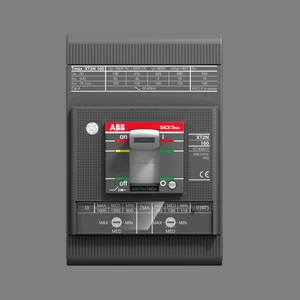


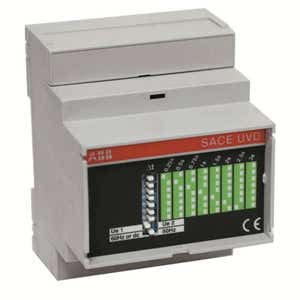

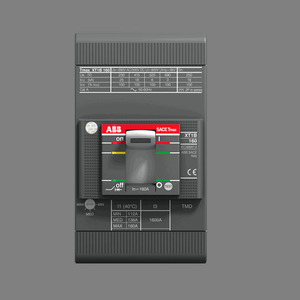

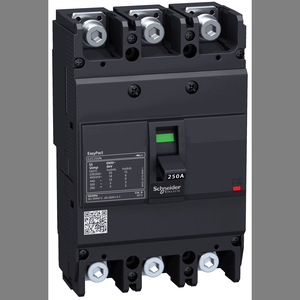
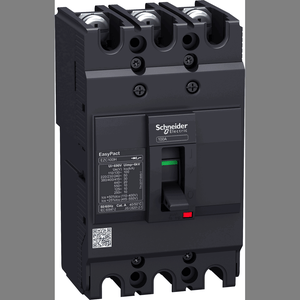


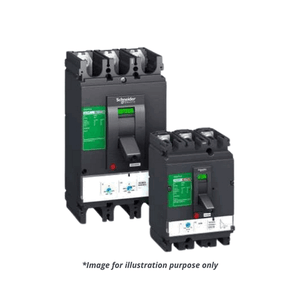
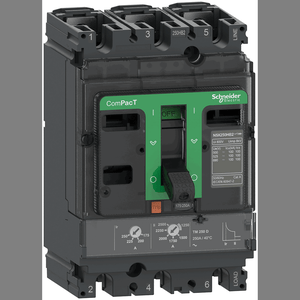
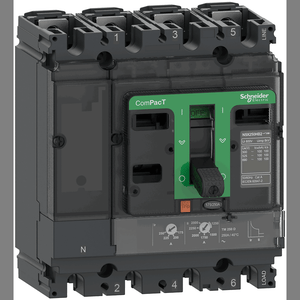
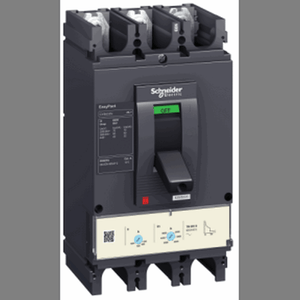

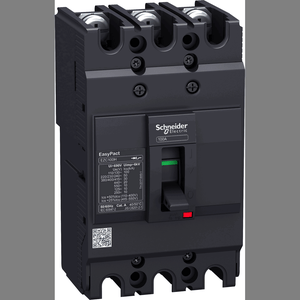

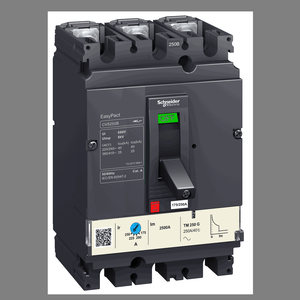
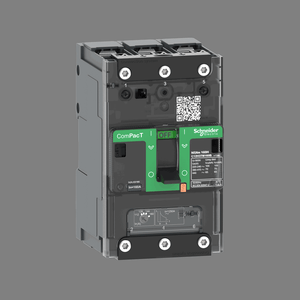

Share this article on social media